The narrative-driven, puzzle-solving adventure game was developed by a team of students over two semesters in the minor’s capstone courses.
Students in Elon’s Game Design Minor recently published “Samira: Taken From Time” on the gaming platform Steam.
The third-person, narrative-driven adventure game takes users through diverse and colorful landscapes as they solve puzzles and attempt to avert the apocalypse. It was developed by a team of six students in a two-semester minor capstone project. Students on the team included those majoring in computer science, communication design and music production.
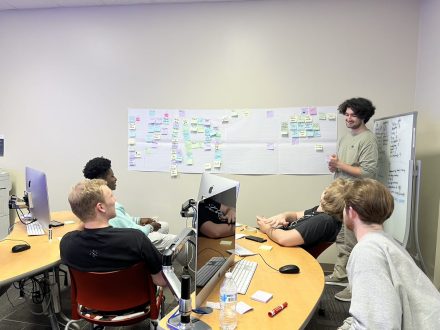
“Working on ‘Samira’ presented several challenges, and I can confidently say that nothing came easily,” said Henry Agyemang ’24, an engineering major with a computer science concentration. Agyemang was the game’s narrative and environment designer.
“As the game incorporated exploration elements, I faced the dilemma of filling vast spaces in a way that felt organic and cohesive while delivering the desired player experience,” Agyemang said.
“Samira: Taken From Time” is the fourth game created by students in Elon’s Game Design Minor Program to be published on Steam. The program fosters multidisciplinary collaboration and encourages a holistic and hands-on approach to game development while building professional skills needed in the gaming industry.
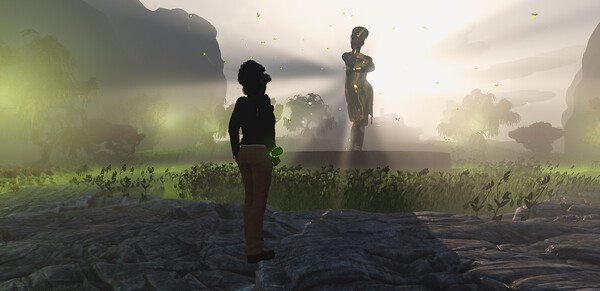
Pratheep Paranthaman, assistant professor of computer science and coordinator of the Game Design Minor, refers to its two capstone courses as “studio courses” that enable students to hone specific skill sets in the game development process while working as a member of a cross-disciplinary team.
“A simulation of a real-world work environment is a perfect way to apply concepts taught in the game design program in action,” Paranthaman said. “This capstone project played a pivotal role in exposing students to real-world challenges like collaboration, project management, teamwork and resource management.”
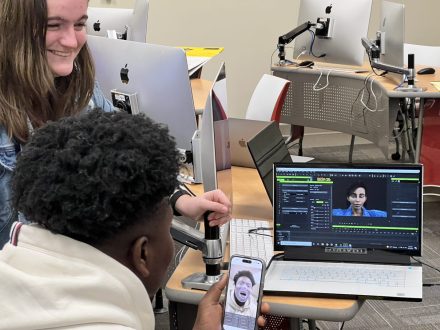
The capstone courses go beyond conventional game development tools, introducing industry-standard frameworks and techniques, such as Scrum project management and work culture and motion capture systems. Marcus Rich ’24, a computer science major and game design minor, reflected on the value of learning Agile methodology through the courses.
“So many companies are using similar practices to help tackle big projects,” Rich said, underscoring the program’s practicality.
The road to the game’s release on Steam wasn’t without its share of obstacles. The team encountered unexpected technical issues in merging work from different team members. As lead gameplay programmer, Ged Fuller ’24 was responsible for game mechanics and interactions and for managing the overall vision of the project.
“The biggest challenge I encountered during Samira was the process of taking all the changes other people made and bringing them all together. Whenever a new change was made, it had to be tested to make sure everything else worked seamlessly with it,” Fuller said.
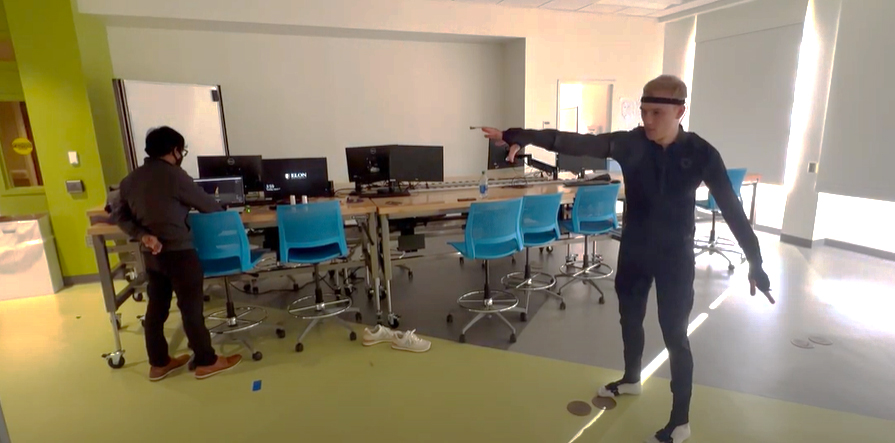
The team persevered through rounds of iterations, playtesting and bug fixes to release “Samira” on Steam in May. Paranthaman applauded their commitment and resilience.
“Despite all the challenges in the development process, the students were determined to publish their game on Steam,” he said. “They were consistent and diligent in meeting the specified requirements and maintaining production quality in the game.”
Fuller said that publishing the game on Steam — a platform he’s played other games on — was surreal.
“Seeing something I made published to such a popular platform is insane to me,” Fuller marveled.
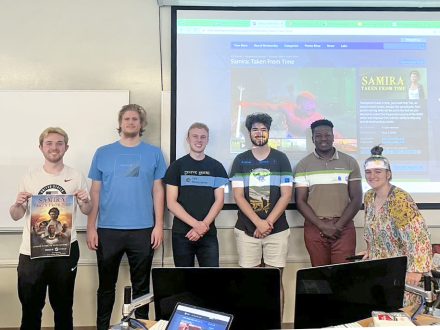
Agyemang echoed that and reflected on the gratification of seeing the team’s creation come to life.
“I feel a great sense of accomplishment seeing how a few initial sketches on paper and a few pages on a Google Docs document transformed into a fully-fledged game. I continuously check the game’s status, eagerly seeking feedback from new players and reading reviews,” Agyemang said.


